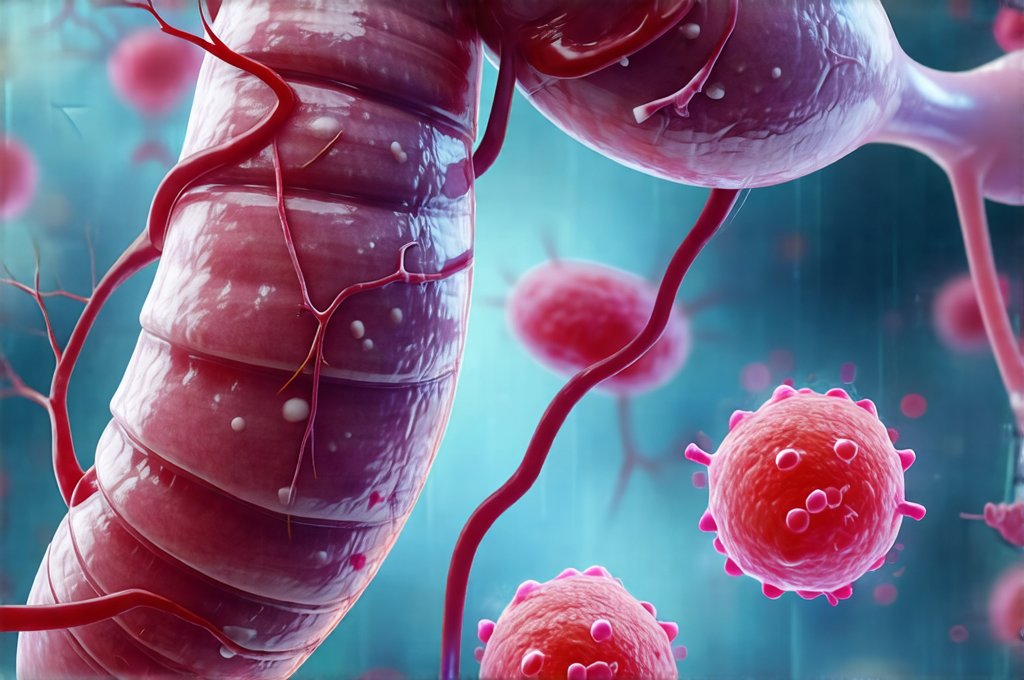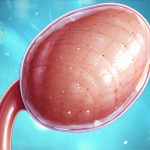Urinary discomfort is an incredibly common experience, affecting millions annually. However, pinpointing the cause of that discomfort can be surprisingly challenging. Often, people worry about urinary tract infections (UTIs), but similar symptoms can also arise from bladder sensitivities and allergies – conditions many mistakenly believe are simply less severe UTIs. This confusion understandably leads to anxiety and potentially inappropriate self-treatment, highlighting the need for clear understanding. A crucial distinction lies in recognizing that a UTI is an infection caused by bacteria, while a bladder allergy or sensitivity involves a reaction within the urinary system itself, triggered by substances or conditions irritating the delicate lining of the bladder.
The overlap in symptoms between UTIs and bladder sensitivities/allergies is significant – frequent urination, urgency, burning sensations, and even lower abdominal discomfort can occur in both. This shared symptom picture makes self-diagnosis unreliable, and relying on internet searches alone can be misleading. The key difference lies in what’s causing the issue. A UTI requires antibiotic treatment to clear the bacterial infection, whereas bladder sensitivities/allergies require identifying and eliminating triggers, along with potentially managing symptoms through dietary changes, hydration strategies, or medications aimed at reducing inflammation and bladder spasms. Misdiagnosing a bladder sensitivity as a UTI can lead to unnecessary antibiotic use, contributing to growing antibiotic resistance – a serious public health concern.
Understanding Urinary Tract Infections (UTIs)
A urinary tract infection occurs when bacteria, most commonly Escherichia coli (E. coli), enter the urinary tract and multiply. These infections are far more common in women due to their shorter urethra, allowing easier access for bacteria to reach the bladder. UTIs can affect different parts of the urinary system:
– Cystitis: Infection of the bladder – most common type of UTI.
– Urethritis: Infection of the urethra.
– Pyelonephritis: Infection of the kidneys – a more serious infection requiring immediate medical attention.
Symptoms of a typical UTI often develop quickly and include a strong, persistent urge to urinate, even when little urine is present; a burning sensation during urination (dysuria); frequent urination in small amounts; cloudy urine that may appear red, pink or cola-colored (hematuria) indicating blood; and pelvic pain. Fever, chills, nausea, and vomiting can signal a kidney infection, requiring prompt medical intervention. Diagnosis of a UTI generally involves a simple urine test called a urinalysis, which checks for the presence of bacteria, white blood cells, and red blood cells in the urine. A urine culture may also be performed to identify the specific type of bacteria causing the infection, guiding antibiotic selection.
Recognizing Bladder Sensitivities & Allergies
Bladder sensitivities and allergies are more complex than UTIs because they don’t involve bacterial infections. They represent a hyper-reactive state within the bladder lining, where various triggers can cause inflammation and discomfort. A bladder sensitivity implies an increased awareness of normal bladder filling sensations, resulting in urgency and frequency even with small amounts of urine. This is often linked to nerve hypersensitivity or chronic inflammation. A bladder allergy, on the other hand, suggests a specific immune response to a substance coming into contact with the bladder – though true allergic reactions are less common. Triggers can be diverse, ranging from certain foods and beverages (caffeine, alcohol, citrus fruits, spicy foods), soaps, detergents, feminine hygiene products, or even stress.
Symptoms of bladder sensitivities/allergies closely mimic those of a UTI: urgency, frequency, burning sensation during urination, lower abdominal pain. However, key differences can help differentiate the two. Bladder sensitivity/allergy symptoms often develop more gradually than those of a UTI and are less likely to be accompanied by fever or chills. Urinalysis usually reveals no bacteria or white blood cells, unlike in a UTI. Identifying the trigger is crucial for managing bladder sensitivities/allergies; this often requires keeping a detailed diary of food intake, activities, and products used, noting when symptoms flare up. Consider using a bladder diary to track your symptoms.
Distinguishing Factors: A Closer Look
The most reliable way to distinguish between a UTI and a bladder sensitivity or allergy lies in diagnostic testing and careful symptom evaluation. While self-assessment can offer clues, it’s never a substitute for professional medical advice. Here’s a breakdown of key differentiating factors:
- Urinalysis Results: A clear urinalysis with no bacteria present strongly suggests a non-infectious cause like bladder sensitivity/allergy. The presence of bacteria and white blood cells confirms a UTI, requiring antibiotic treatment.
- Symptom Onset & Progression: UTIs tend to come on suddenly and intensely, while bladder sensitivities/allergies often develop more gradually. A sudden onset accompanied by fever is highly indicative of a UTI.
- Response to Antibiotics: If symptoms persist despite antibiotic treatment, it’s unlikely to be a UTI and points towards another underlying cause. This is a crucial sign to discuss with your doctor.
Identifying & Managing Triggers
For bladder sensitivities/allergies, pinpointing the trigger(s) is paramount. A detailed symptom diary can be invaluable. Consider these steps:
– Food Elimination Diet: Temporarily eliminate common triggers like caffeine, alcohol, citrus fruits, spicy foods, and artificial sweeteners to see if symptoms improve. Reintroduce them one at a time to identify specific culprits.
– Product Review: Switch to fragrance-free soaps, detergents, and feminine hygiene products. Avoid harsh chemicals in cleaning products.
– Hydration Strategies: Staying adequately hydrated helps dilute urine and reduces irritation, but avoid excessive fluid intake which can increase frequency.
– Stress Management: Stress can exacerbate bladder symptoms; practice relaxation techniques like deep breathing, meditation, or yoga. Understanding the difference between a UTI and kidney infection is also important.
Seeking Professional Guidance is Essential
It’s crucial to consult a healthcare professional if you experience urinary discomfort. Self-diagnosing and self-treating can be dangerous, potentially leading to complications and antibiotic resistance. A doctor can accurately diagnose the cause of your symptoms through appropriate testing (urinalysis, urine culture), rule out other conditions, and recommend the most effective treatment plan. They may also refer you to a urologist for further evaluation if needed. Remember that managing bladder sensitivities/allergies often requires a collaborative approach between patient and healthcare provider, involving lifestyle modifications, dietary changes, and potentially medications to manage symptoms. If you’re recovering from a bladder infection, consider what foods and drinks will best support your recovery.





















